Painting a Path Out of Prison
Fulton Leroy Washington turned to art to cope with an unjust federal sentence. The story of his path to freedom is worth remembering as Congress considers prison reform.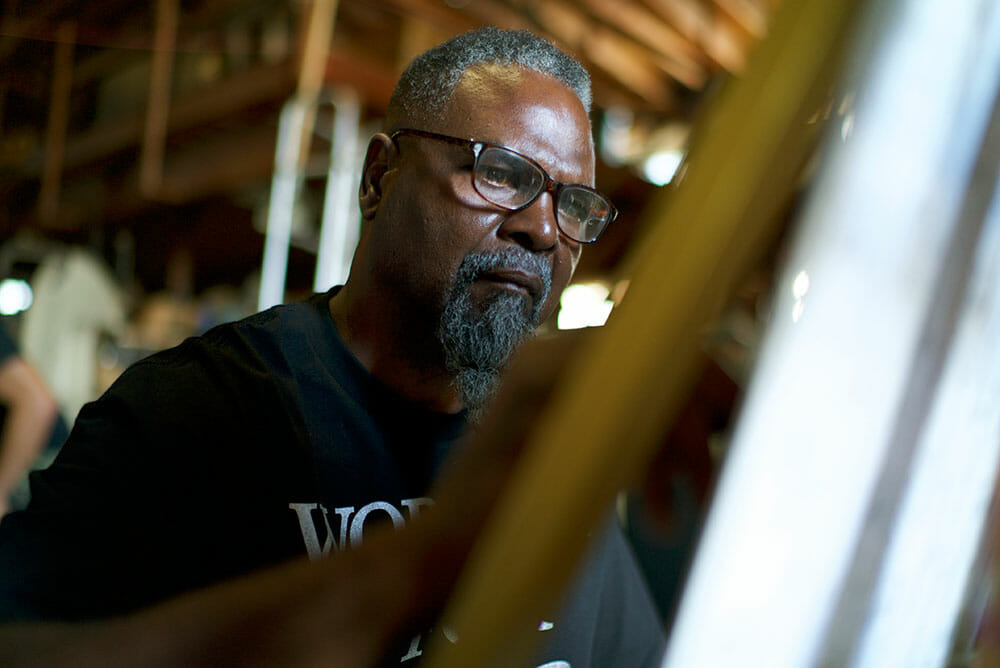 Fulton Leroy Washington (also known as Mr. Wash) at work on a painting. (Sean Mattison)
Fulton Leroy Washington (also known as Mr. Wash) at work on a painting. (Sean Mattison)
On President Barack Obama’s last day in office he granted clemency to 330 nonviolent drug offenders as part of his clemency initiative. He additionally granted commutations to 1,715 prisoners—more than the previous 12 presidents combined. One case was the 35-year prison sentence of Chelsea Manning, who stole secret diplomatic and military documents that the Army private shared with WikiLeaks.
Initiated in 2014, Obama’s clemency initiative focused on drug dealers who received mandatory-minimum sentences during the war on drugs from the 1980s to the 2000s.
Fulton Leroy Washington (aka Mr. Wash) was one of the 58 whose sentences were commuted in May 2016. Wrongfully convicted in 1997 of conspiracy to attempt to manufacture PCP, he spent years in federal prison for a drug crime he did not commit, according to the now 63-year-old grandfather from Compton, Calif.
A recent documentary short tells the story of Washington’s homecoming. One of the filmmakers, journalist Marisa Aveling, first learned about Wash while researching articles on Obama’s clemency initiative, which was one tactic the president used to address the issue of mass incarceration in America. In Aveling’s article in The Outline, she noted that both Obama and former White House counsel Neil Eggleston believed “It’s a tool of last resort in fighting a system that puts people away for extended lengths that far outweigh their crimes.”
Because the charge Washington was convicted of in 1997 was part of a conspiracy case, he was tried as part of a group even though he wasn’t directly involved with the crime of conspiracy to attempt and manufacture PCP. “When tried under a conspiracy you can be sentenced with severity of the entire group no matter what you did or didn’t do,” explained Aveling.
The former welding teacher had been previously convicted of three nonviolent drug offenses. “Due to a mandatory minimum, the judge [in the conspiracy case] was required to give Washington a life sentence even though he was able to prove his innocence,” noted Aveling. Wash was the only defendant who didn’t agree to take a plea bargain.
Faced with a life sentence with no possibility of parole, Washington began painting as a way to bring some serenity to his life. “Painting allowed me to express myself,” the self-taught artist said. He observed the work of other artistic prisoners and studied art books and videotapes to learn technique. Through trial and error he found his own style, which he describes as a touch of surrealism pieced together with emotional stories.

Washington initially began painting with oils at the Leavenworth federal prison in Kansas. His first commission was from his attorney. She asked him to sketch an alibi witness who could confirm that Wash was miles from the scene of the crime he was charged with. Despite finding the witness, who corroborated Wash’s story in court, he was still convicted.
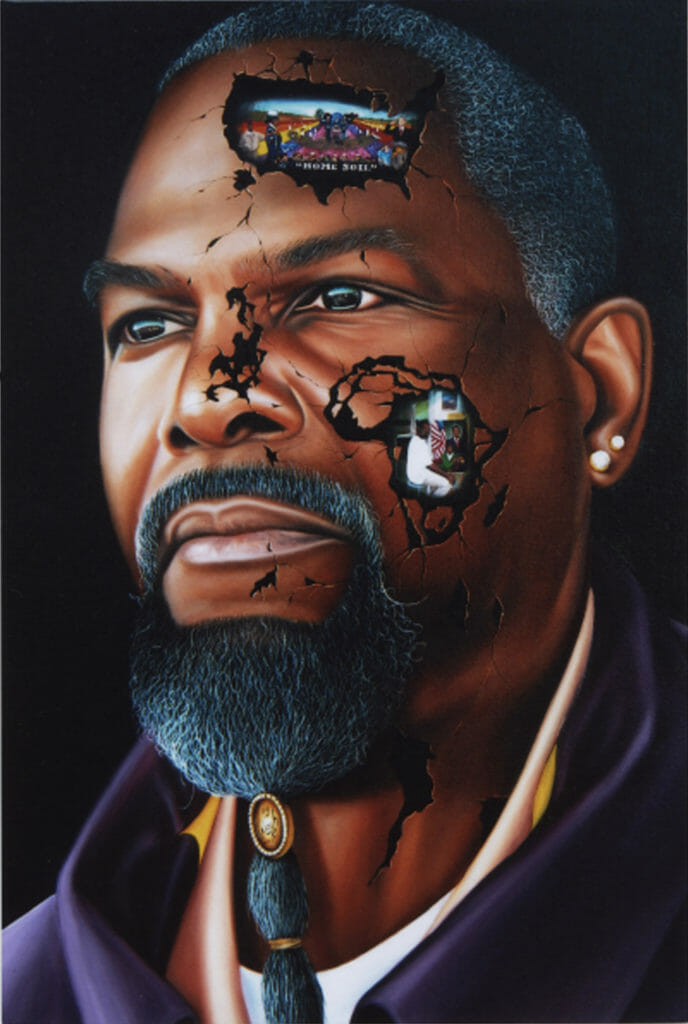
Washington’s art served as a form of communication and a way to win respect within a hierarchical prison society. He began teaching art classes to other inmates, some of whom also commissioned him to create paintings of them and their relatives. Other inmates or their family members donated funds to his lawyer for his legal defense. At one point he was paid in postage stamps.

Three of his mural-size paintings, including “American Flag Raising, Iwo Jima” and “Honda Point Disaster, 1923,” hang in the Lompoc Veterans Memorial Building. Wash hopes to make a living now painting murals and portraits or as an art teacher.
Washington believes it was his updated version of Francis Bicknell Carpenter’s 1864 painting of the first reading of the Emancipation Proclamation that drew his lawyer’s attention to his predicament and helped procure his release. Though emulating Carpenter’s form and layout, Wash used bright colors instead of the dark, solemn palette of the original. He depicted President Obama seated in Lincoln’s chair, surrounded by Attorney General Eric Holder, Vice President Joe Biden and other key members of his staff. Wash himself is shown seated across the table in prison clothes, shackled in chains and with his clemency lawyer seated nearby.

“We’re still dealing with slavery in the form of mass incarceration,” Washington said. “We’re not on a plantation but in a prison.
“People looked at the painting and asked, ‘Who is this guy? How many people did he kill to get a life sentence?’ ” Washington said. When they learned there had been no violence or deaths, they questioned his sentence of life in prison without possibility of parole.
This week, President Trump said he would sign a prison reform bill that is working its way through Congress. Washington’s story can serve as a lesson about the kind of change that is needed.
Your support is crucial...
As we navigate an uncertain 2025, with a new administration questioning press freedoms, the risks are clear: our ability to report freely is under threat.
Your tax-deductible donation enables us to dig deeper, delivering fearless investigative reporting and analysis that exposes the reality beneath the headlines — without compromise.
Now is the time to take action. Stand with our courageous journalists. Donate today to protect a free press, uphold democracy and uncover the stories that need to be told.


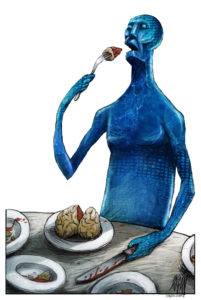
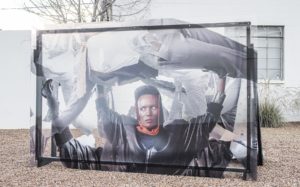
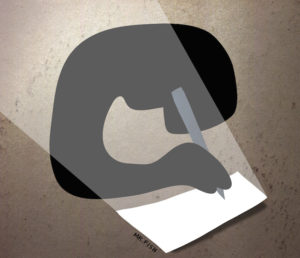
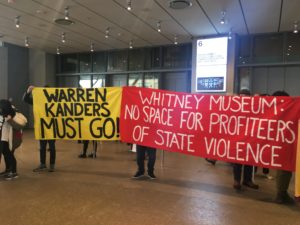
You need to be a supporter to comment.
There are currently no responses to this article.
Be the first to respond.